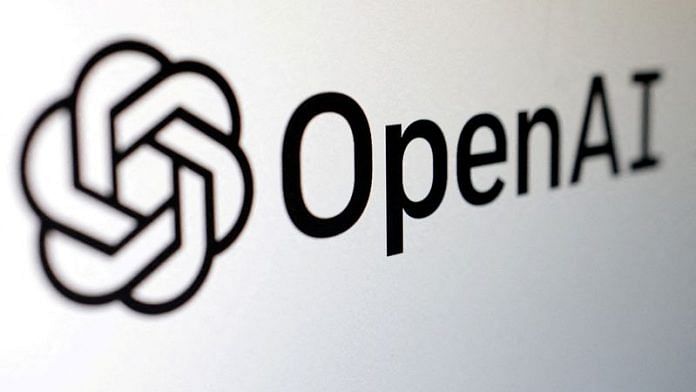Thank you dear subscribers, we are overwhelmed with your response.
Your Turn is a unique section from ThePrint featuring points of view from its subscribers. If you are a subscriber, have a point of view, please send it to us. If not, do subscribe here: https://theprint.in/subscribe/
AI classifiers or detectors are tools intended to distinguish between AI-generated and human-created content. However, with the increasingly rapid pace of development in the AI space, these tools are always going to have to play catch-up. Every time a new AI model is released, the classifiers will need to be updated to accurately assess the generated content. When these classifiers lag behind, they create room for potential misuse of AI-generated content by bad actors for disinformation, plagiarism etc. On the other hand, the adoption of a watermarking system represents a proactive step, enabling corporations to address potential societal issues prior to releasing a new content generation model. This switch from classifiers to watermarking essentially turns the tables- the bad actors are now forced to play catchup in order to crack the watermarking system of a newly released model.
This leads to the question: Should AI companies still keep working on detection, alongside the watermarking of AI-generated content? The answer should be a resounding negative due to a range of reasons, the simplest of them being an economic one. Allocating resources to both these approaches spreads thin the small pool of resources AI companies spare to address societal risks, which could hamper the overall progress towards the development of safer AI technology. Focusing all efforts and resources on a proactive solution like watermarking is likely to yield more substantial results.
Additionally, any focus on detection gives AI corporations the leeway to release new models to the public without regard for their societal impact. The reactive nature of this solution encourages corporations to make tenuous attempts in the aftermath of the misuse of their released models. This is in line with the current status quo, wherein there is still no foolproof system to accurately detect whether a piece of content was generated by ChatGPT. By prioritizing watermarking, companies will have to develop an early assessment of potential safety issues, which will enable them to fine-tune their systems to avoid harmful consequences such as misinformation.
Moreover, there is the issue of false positives. OpenAI’s now-decommissioned classifier had a false positive rate of 9%, while Turnitin, the most widely used academic plagiarism software company, claims its AI classifier has a false positive rate of 1%. This can become a huge issue for individuals who are incorrectly accused to have used AI to generate their content. Unlike traditional plagiarism, there is no source document that can be referenced as proof of plagiarism, which shifts the burden of proof onto the accused. This inadvertently allows for biases to play a role in the interpretation of the AI detection results. This has already become a concerning issue with Turnitin’s AI classifier being released to over 10,700 educational institutions, whilst reports of false positive cases are coming in. As opposed to this, an AI watermarking system, similar to the method that OpenAI is exploring, asserts that “false-positives are statistically improbable.”
While the watermarking agreement made by AI companies at the White House is a step in the right direction, it is, by no means, a perfect solution. Different types of content, such as images or text, require specific watermarking technologies and currently, there are no watermarking standards in place for any of these types. Each company independently develops its own watermarking system, often patenting it, which in turn obstructs other companies from using similar methods to watermark their content. Additionally, since the current commitments are purely voluntary, some companies may refuse to adopt watermarking technologies even if they are freely available. Moreover, the threat of hackers seeking to exploit watermarking systems remains, and the availability of tools to detect watermarks may only make it easier for them to iteratively test their methods.
Addressing these challenges will require a collaborative effort between industry players and the government. The newly formed Frontier Model Forum involving Anthropic, Google, Microsoft, and OpenAI could serve as the first significant step towards fostering such cooperation. With “advancing AI safety research” and “facilitating information sharing among companies and governments” as two of its key focus areas, this forum may facilitate the establishment of standardized watermarking practices, overcoming of patent-related obstacles, and broader adoption of watermarking technologies across the AI landscape.
These pieces are being published as they have been received – they have not been edited/fact-checked by ThePrint.

